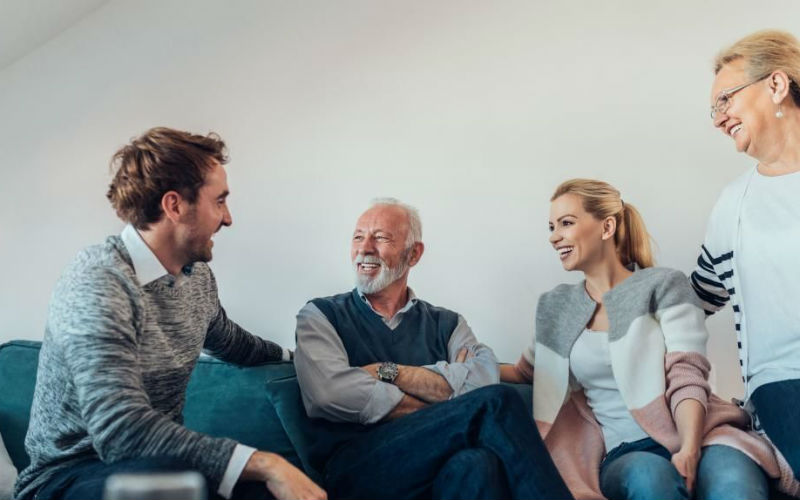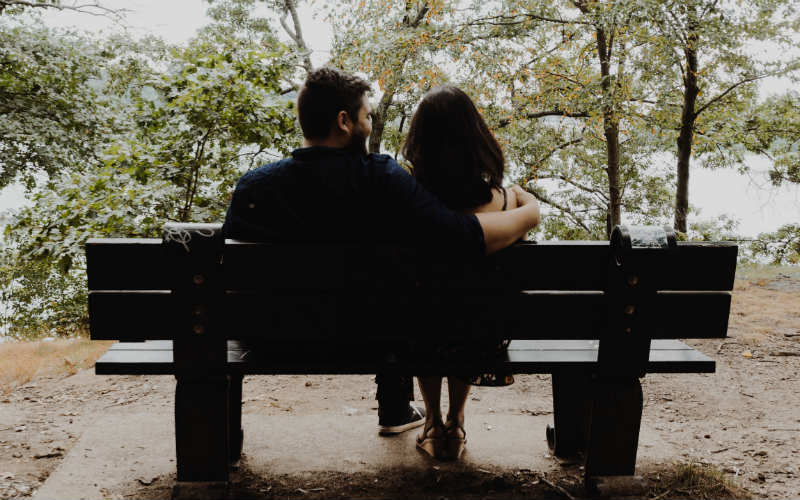The First Home Guarantee (FHBG) is a federal government program designed to support eligible first home buyers get into the property market sooner.
The guarantee was launched on 1 January 2020 and since that time has helped thousands of Australians secure home loans.
Let's check what's involved.
What is the First Home Guarantee?
The First Home Guarantee offers eligible first home buyers the ability to buy a home with a deposit as low as 5% without the need to pay Lenders' Mortgage Insurance (LMI). LMI is generally levied when deposit amounts are less than 20% and can add thousands of dollars to the cost of taking out a home loan.
Essentially, this means the government provides the lender with a guarantee of up to 15% of the property's value.
The FHBG exists alongside two other guarantees, the Regional First Home Buyer Guarantee and the Family Home Guarantee, with all three administered by Housing Australia under the Home Guarantee Scheme.
Since its launch, First Home Guarantee has been limited by an annual cap on participants (35,000 places for the 2025-26 financial year). Eligibility is also restricted to first home buyers earning $125,000 and under for individuals and $200,000 and under for joint applicants while properties purchased have to fall under price caps set according to location.
How does the First Home Guarantee scheme work?
Essentially, the government acts as a guarantor for your home loan which must be taken out with a participating lender. There is a wide range of both major banks and non-major lenders that you can choose from according to which loan product will best suit your circumstances and objectives.
Here's a list of participating lenders, correct at the time of writing:
Home Guarantee Scheme Participating Lenders
-
Australian Military Bank
-
Australian Mutual Bank
-
Auswide Bank
-
Bank First
-
BankSA
-
Bank of Us
-
Beyond Bank Australia
-
Border Bank
-
Community First Bank
-
Credit Union SA
-
Defence Bank
-
Firefighters Mutual Bank
-
G&C Mutual Bank
-
Gateway Bank
-
Health Professionals Bank
-
Indigenous Business Australia
-
Illawarra Credit Union
-
MyState Bank
-
People's Choice
-
Police Bank
-
QBANK
-
Queensland Country Bank
-
Teachers Mutual Bank
-
The Mutual Bank
-
UniBank
-
Unity Bank
-
WAW
To take part in the scheme, you must have at least a 5% deposit and the government guarantee will be for a maximum amount of 15% of your property value. But the guarantee is not a cash payment, nor does it go towards your home loan deposit.
Rather it is a legal arrangement between Housing Australia and your lender for the government to pay up to a certain amount should you ever default under the terms of your home loan and your lender must sell the property to recoup its debt.
As such, applications for the Home Guarantee Scheme can only be made through your lender (or a mortgage broker if you choose to use one).
The good news is the scheme can also be used in conjunction with other state and territory first homeowner grants and stamp duty concessions. Combined, these schemes can take a considerable chunk from the cost of getting into your first home.
After verifying your eligibility, the process will generally be handled by your lender who'll submit your application to Housing Australia. Of course, you'll need to supply all the relevant documentation beforehand.
As of 2025-26, there are a few benchmarks for eligibility.
First Home Guarantee eligibility
To qualify for the First Home Guarantee as at 2025-26, applicants must:
- be Australian citizen(s) or permanent resident(s)
- have earned at or below $125,000 for individuals or $200,000 for joint applicants as shown in the Notice of Assessment (NOA) for the previous financial year, issued by the ATO
- have minimum deposit savings of at least 5% of the property value
- be a first home buyers or not have owned a property in Australia in the last 10 years (applies to both in a joint application) at the home loan date
- be an owner-occupier buying or building a home to live in (investment properties are not eligible)
- be at least 18 years old
First Home Guarantee eligible properties
Under the FHBG, a property must be considered a residential property to be eligible. Types of homes include:
-
An existing house, townhouse, or apartment
-
A house and land package
-
Vacant land with a separate contract to build a home
-
Off-the-plan apartment or townhouse
First Home Guarantee price caps
For first home buyers using the scheme in 2025-26, there are specific price caps on the property you can purchase. These will depend on which state or territory you're purchasing in and whether your property is in a metropolitan, regional, or other area.
The table below shows how much you can spend on a first home to be eligible to receive the FHBG as at 2025-26. (To determine the property price cap for a particular suburb or location that you are looking at, you can use the postcode search tool.)
|
Area |
Property Price Cap |
|---|---|
|
New South Wales - capital city and regional centre |
$900,000 |
|
New South Wales - rest of state |
$750,000 |
|
Victoria - capital city and regional centre |
$800,000 |
|
Victoria - rest of state |
$650,000 |
|
Queensland - capital city and regional centre |
$700,000 |
|
Queensland - rest of state |
$550,000 |
|
Western Australia - capital city |
$600,000 |
|
Western Australia - rest of state |
$450,000 |
|
South Australia - capital city |
$600,000 |
|
South Australia - rest of state |
$450,000 |
|
Tasmania - capital city |
$600,000 |
|
Tasmania - rest of state |
$450,000 |
|
Australian Capital Territory - all areas |
$750,000 |
|
Northern Territory - all areas |
$600,000 |
|
Jervis Bay Territory and Norfolk Island |
$550,000 |
|
Christmas Island and Cocos (Keeling) Islands |
$400,000 |
FHBG deposit requirements
Home buyers applying for the FHBG need to have between 5% and 20% of the value of an eligible property saved as a deposit. The minimum deposit required for the FHBG is 5% but some participating lenders may require a higher percentage based on individual financial circumstances.
Home buyers will also need to check with their lender on whether their deposit is required to be made up of genuine savings under their lending criteria and participation in the FHBG.
Home buyers should also confirm with their lender whether any cash grants received under other federal, state, or territory schemes or programs can be considered as part of their genuine savings.
To be eligible for the FHBG, the contract of sale and (if applicable) eligible building contract may have specific dates for when they can be signed by the home buyer. There are no exceptions to these required dates.
Before taking up the scheme, first home buyers should discuss their individual financial circumstances with a participating lender or seek independent advice as to the implications of taking out a low deposit home loan.
Pros and cons of the First Home Guarantee
Pros
Avoid paying LMI
To avoid paying LMI, you typically need to have a 20% deposit. If your deposit is less than that, LMI generally applies.
See also: Which lenders offer low or no-cost LMI?
In practical terms, avoiding LMI can save tens of thousands of dollars. For example, according to Savings.com.au's LMI Calculator, a first home buyer purchasing a $700,000 property with a 5% deposit could be up for more than $36,000 in LMI.
A key drawcard of the FHBG is that you avoid paying LMI and can put this towards paying for your property instead.
Purchase sooner
Research shows saving for a 20% deposit can take longer than a decade in some Australian locations. Buying a home with a deposit of just 5% can mean you are able to get into the property market sooner rather than watching home prices increase faster than your deposit savings balance.
See also: How to save up for a house deposit
Cons
Higher interest costs
There's no getting round it - a smaller deposit means you will need to borrow more to purchase your first home. This may see you paying more in interest than if you had waited until you had saved for a 20% deposit (but this can depend on many variables).
Property price falls
If property prices fall, you could find yourself in a situation of owing more than what the property is worth. But this only becomes a problem if you have to sell it. Generally, if you are able to hold onto your property over the medium to longer term, you should be able to ride out any downturns in the property market.
First published on October 2022
Image by RDNE Stock Project via Pexels

Ready, Set, Buy!
Learn everything you need to know about buying property – from choosing the right property and home loan, to the purchasing process, tips to save money and more!
With bonus Q&A sheet and Crossword!
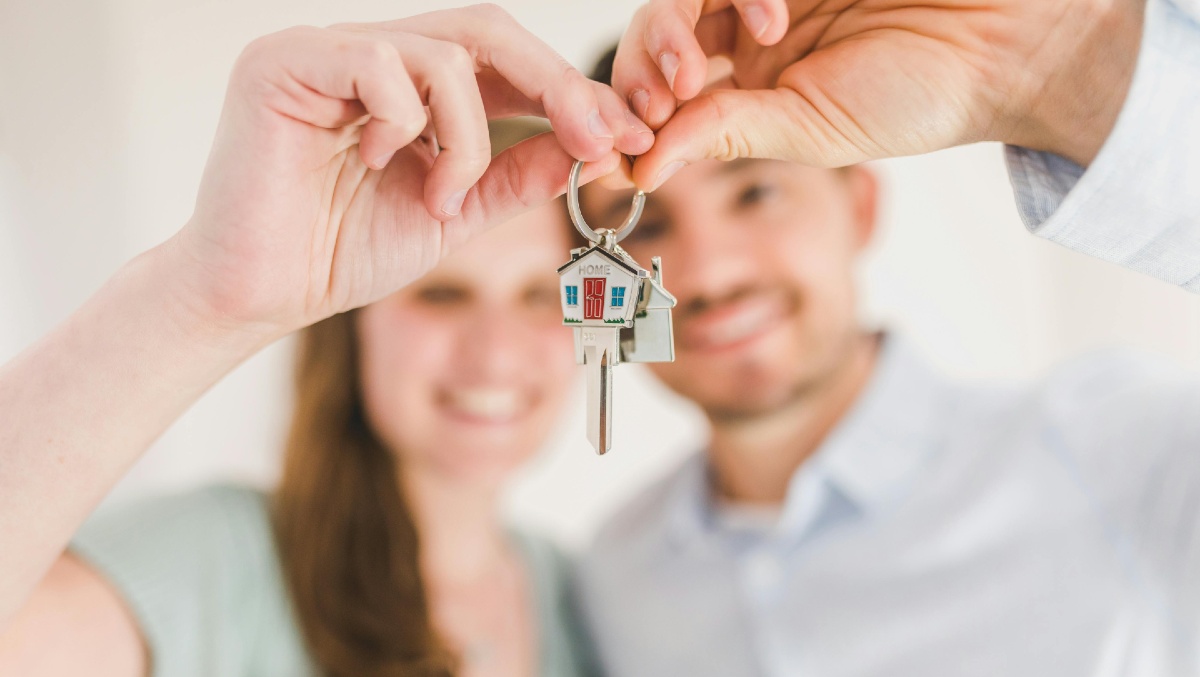

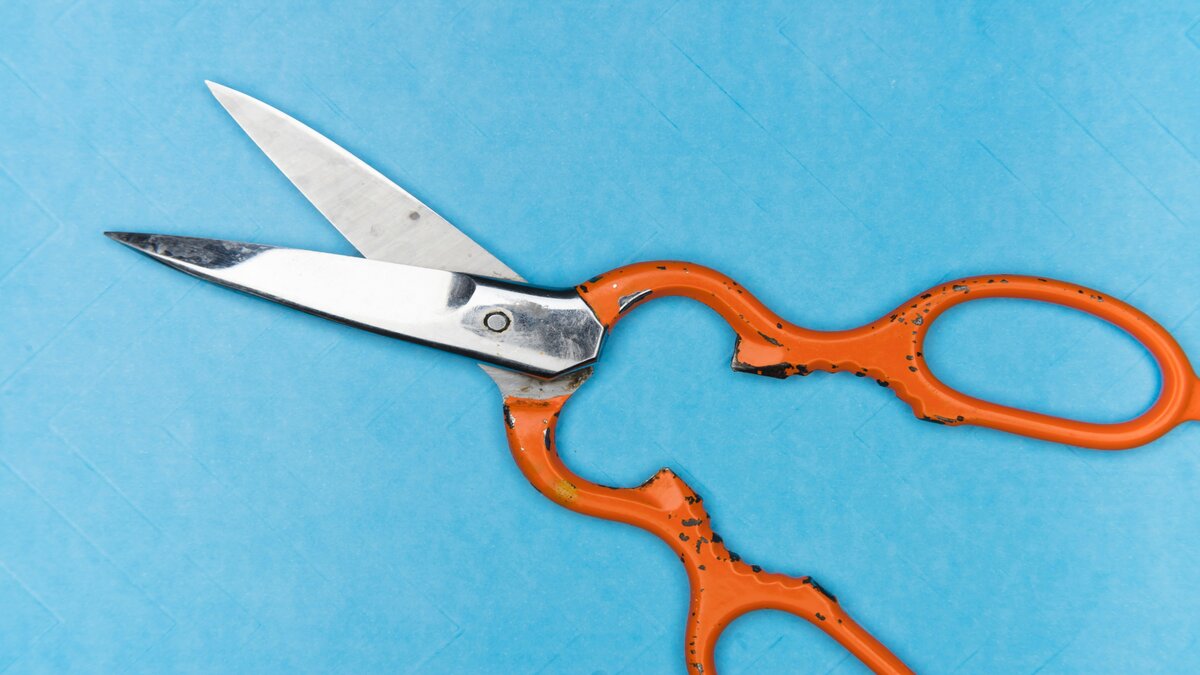
 Harry O'Sullivan
Harry O'Sullivan
 Bea Garcia
Bea Garcia
 Denise Raward
Denise Raward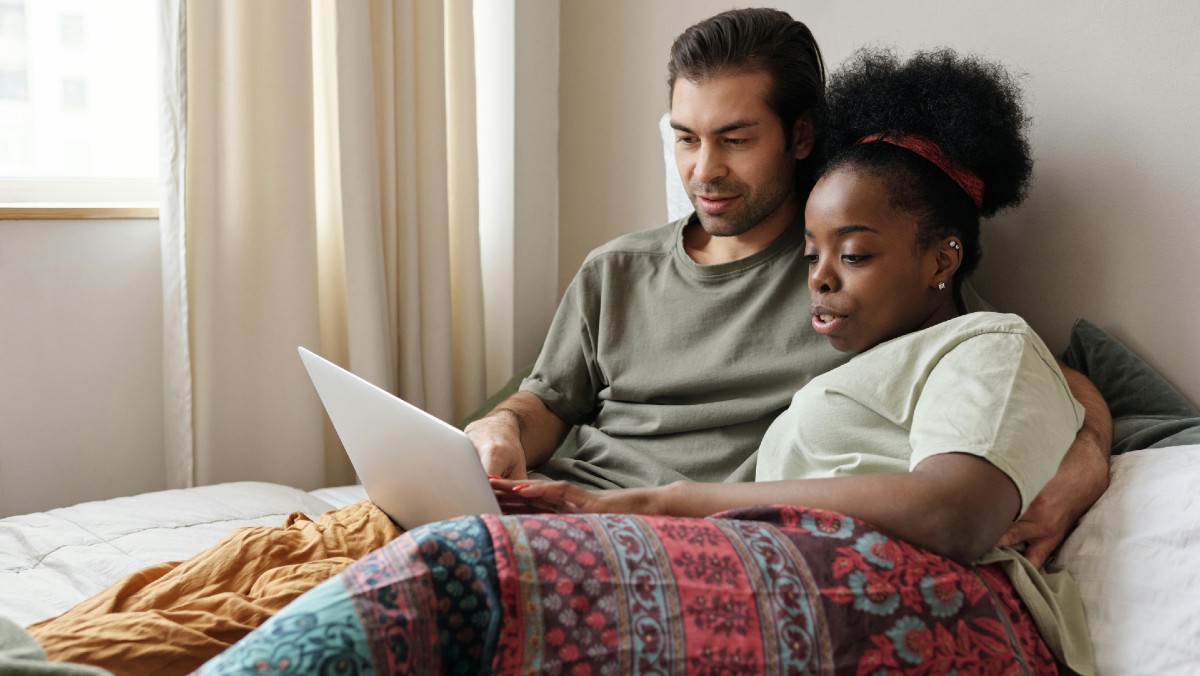
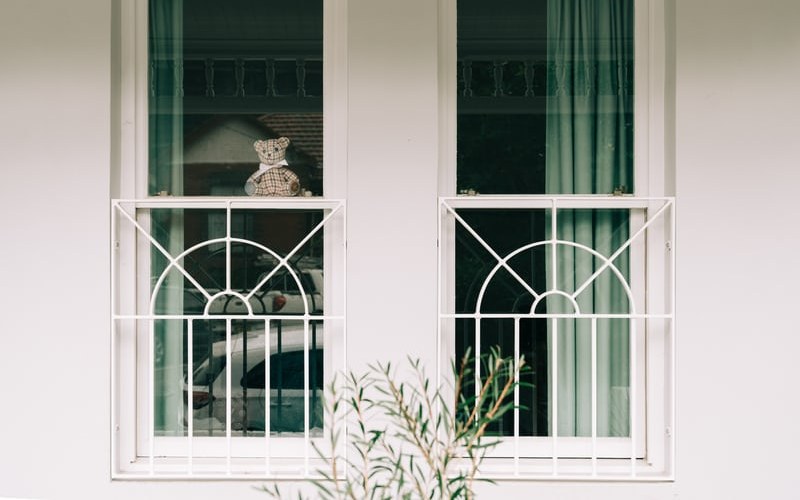
 Harrison Astbury
Harrison Astbury